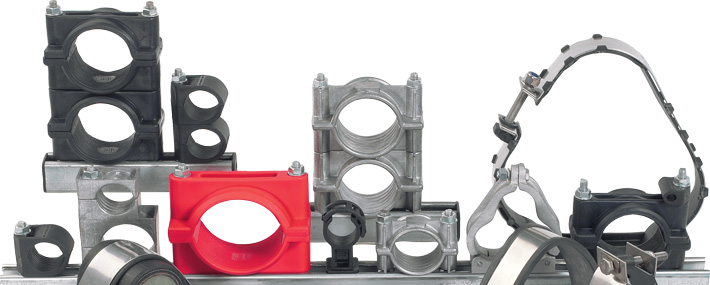The importance of correctly cleating cables in a trefoil formation within electrical installations is frequently underestimated, often due to a lack of understanding. Many people assume cleats are used purely to hold the power cables to the desired route, but for an installation of single core cabling system to be deemed safe, it is vital these cables are restrained in a manner which is able to withstand the forces generated in potentially lethal short-circuit situations.
The below video shows an example of the extreme force that can be generated by a short-circuit:
More awareness yet inferior products
In recent decades, the demand for electrical power has risen dramatically and specifiers are becoming more aware of the issues involved with incorrectly cleating trefoil cable formations, but issues still occur with inferior quality products within the market-place.
To address the issue of inferior products, in addition to the existing European Standard (EN 50368), there is now an international standard which provides global recognition of the need to provide suitable restraint for power cables; IEC 61914:2009.
Up-to-date international accreditation
Coupled with the International standard, it is equally important that any product specified is capable of demonstrating its suitability for the required task. It is no longer acceptable that in-house testing certificates are used as proof of a products pedigree and this is why current, third-party testing is vital.
Here at ETS, we continue to believe that only the highest quality, UK-manufactured, EN and IEC standard conforming cable cleats should be used. Our expertise and extensive cleat range allows us to supply cleats designed specifically for the task and third-party accredited as such.
We also provide a service that can recommend which type of cleat should be used and importantly, the spacing interval the cleat should be fixed for each project application. This is calculated from the short-circuit withstand installation requirement and the diameter and construction of the cable being installed.
If you found this article helpful or interesting, please share it!














